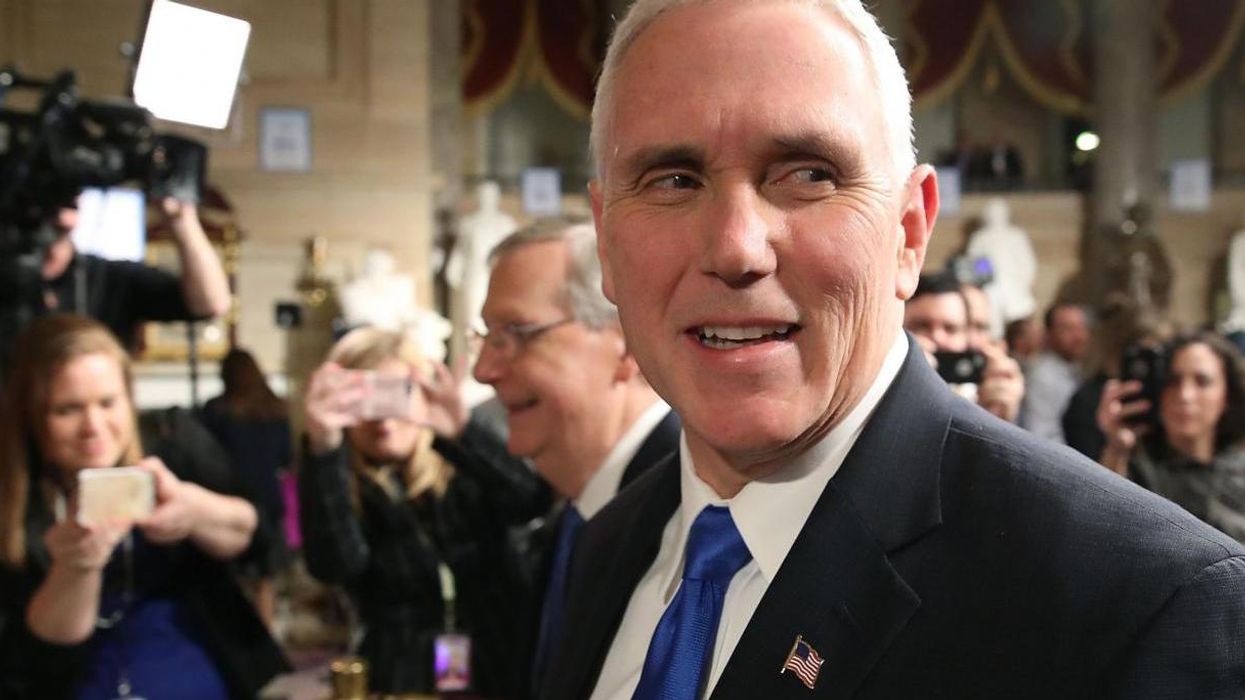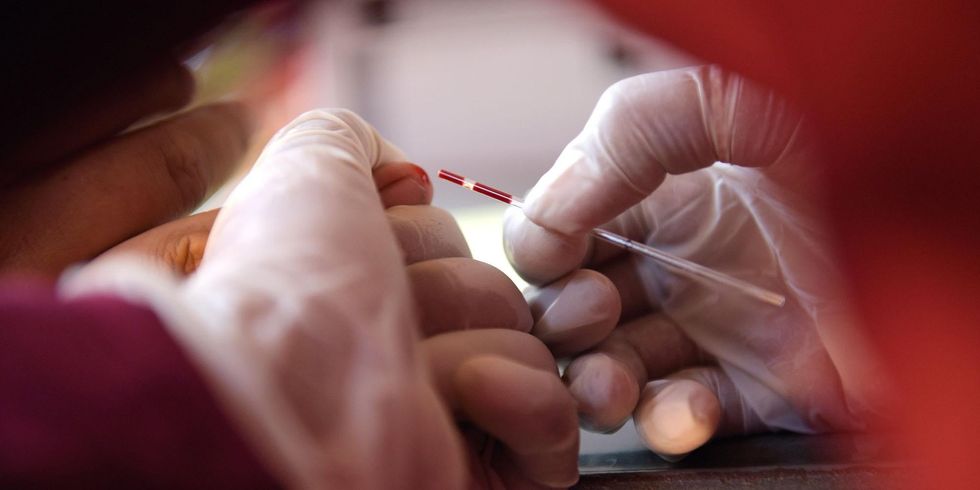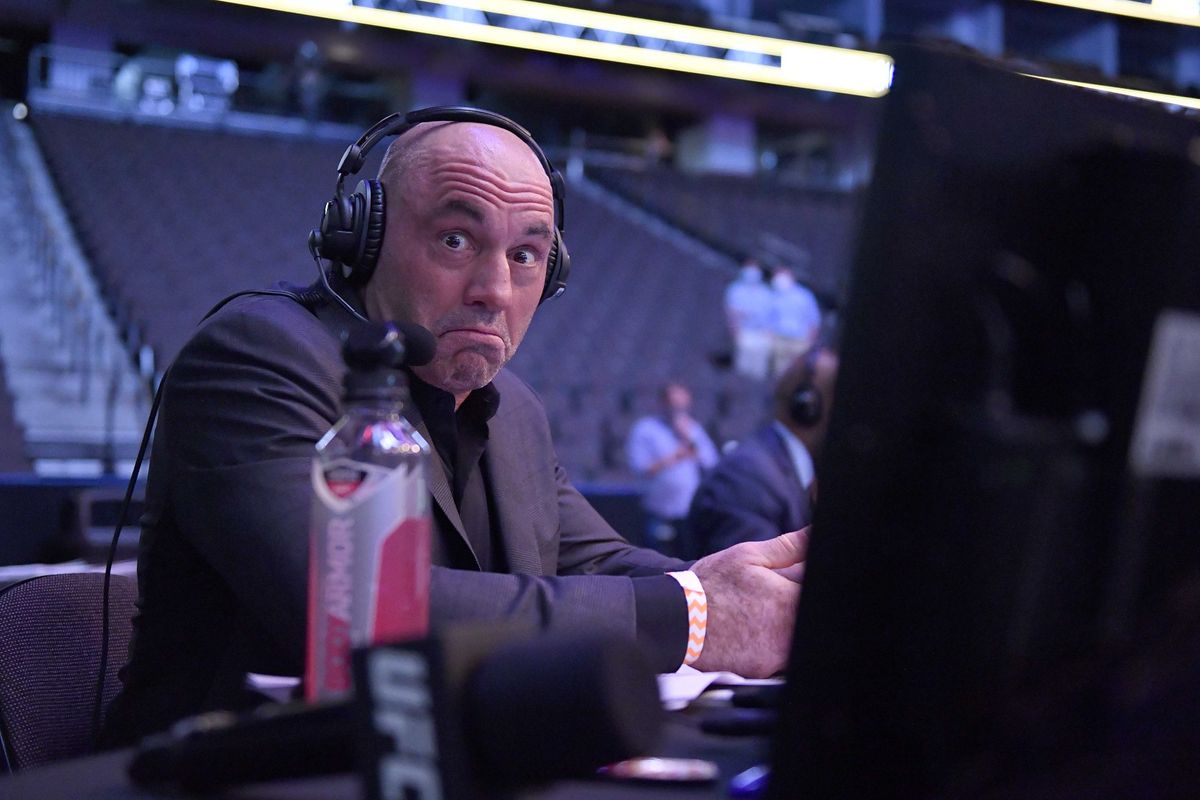News
Bryony Clarke
Mar 14, 2017

Picture:
MARK WILSON/GETTY IMAGES
With an unpredictable President now promising a complete overhaul of US healthcare, you might be forgiven for hoping his (marginally) more politically experienced deputy Mike Pence might be a moderating influence.
But the Vice President himself oversaw one state’s worst public health crisis of recent history whilst he was Governor of Indiana: an HIV outbreak fuelled by public healthcare cuts and a ban on distributing clean needles.
In the last seven weeks of 2014, five residents tested positive for HIV in Scott County - a small, rural community which rarely saw more than one new case a year. In just one week in January 2015, eight people tested positive for the virus.
By March 2015, a public health emergency was declared after officials determined the growing number of cases had reached the level of an epidemic. HIV began spreading with terrifying speed among intravenous drug users in this sleepy county. At the height of the crisis, 20 new cases were being diagnosed each week, and nearly 200 people had tested positive by the time the outbreak was finally under control in 2016.
It was Mike Pence’s staunchly Conservative policy positions that seemed to be at at the heart of the epidemic.
In 2011, Pence pushed legislation through Congress that would defund health care provider Planned Parenthood, which the House passed the same year. By 2014 Planned Parenthood received only $1.9 million from the state — a fraction of the $3.3 million it got in 2005.
In 2013, during Pence’s first year as Governor of Indiana, the one Planned Parenthood clinic in Scott County was forced to close by public spending cuts, leaving the county’s 24,000 residents with no HIV testing centre.

In addition to the slash on health spending, Mike Pence’s moral opposition to clean needle distribution added fuel to the fire.
Scott County was home to a mass addiction to the painkiller Opana, which users liquefy and inject with needles. The majority of HIV cases were traced to intravenous use of this drug.
US law prohibits federal funding of needle-exchange programmes, where clean needles are given to drug users when they turn in a used one. About half of US states ban the distribution of sterile needles, for fear they will encourage drug use, a ban supported by Pence in Indiana.
As the cases of HIV among drug users proliferated, officials and politicians urged Pence to approve a needle exchange.
According to the New York Times, on March 23, 2015, more than two months after the outbreak was detected, Pence told a meeting that he was going to go home and pray on it.
Two days later, he finally issued an executive order allowing syringes to be distributed in Scott County.
Pence said at a news conference announcing the order:
I will tell you, I do not support needle exchange as antidrug policy, but this is a public health emergency.
For many, this was too little, too late.
State Representative Ed Clere said:
It was disappointing that it took so much effort to bring the Governor on board.
Public health experts in Indiana wished the Governor had acted more swiftly to halt the outbreak.
“He made it an uphill battle,” Beth Meyerson, a health science professor at Indiana University and co-director of the school’s Rural Center for AIDS/STD Prevention told the New York Times.
The needle distribution programme has been effective in bringing the epidemic under control, but nonetheless dozens of people contracted HIV while Pence appeared to drag is feet.
To think that Pence will be exercising his public health judgement on the national stage, and advising the president on healthcare reform is a sobering thought.
Top 100
The Conversation (0)













